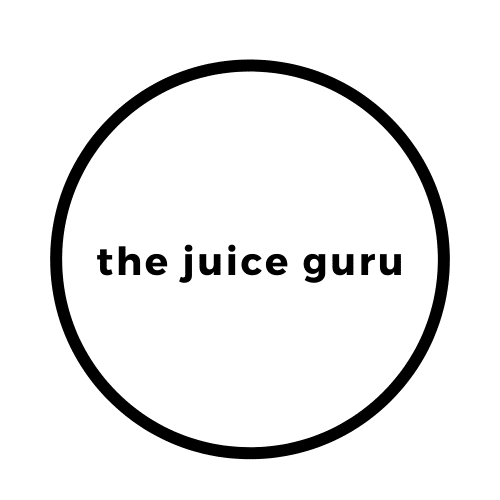Every year, nutritionists attempt to choose the latest trendy superfood that will dominate conversations around health, diet and wellness for the year to come. Every year, lists of items we should all be including in our diet spring up just in time for the new year’s resolution-driven health kick. But is there a ‘superfood of the year’, or does our interest in these powerhouse products change throughout each year? We used Google search data to explore trends around superfoods and see how people’s interest across the world changes throughout time.
What is a Superfood?
There is no set requirement for the label of ‘superfood’ and really there’s no medical support behind the designation, but superfoods are still highly useful to include in your diet. Superfoods are typically nutritionally dense, filled with vitamins and minerals that aren’t typically found in your average diet. However, superfood crazes are mostly driven by marketing so understanding the importance of the nutrients in each food type is important when incorporating them into your diet.
Most superfoods are berries, nuts and greens but some include fish and dairy product like eggs. They’re typically filled with phytonutrients, antioxidants, healthful fats, vitamins and fibre – all great ways to support your body naturally and provide a diverse range of benefits, often also with low calorie levels.
Why should we be eating superfoods?
The nutrients in superfoods are said to have a number of health benefits. There are claims that phytochemicals which give most fruits their colour like flavonoids may reduce the risk of heart conditions in some women. These chemicals are also antioxidants, which act to reduce oxidative stress in the body. Oxidative stress has been linked to health issues such as inflammatory disease and some types of cancer. While there’s no concrete evidence that a diet high in superfoods will prevent cancer, it’s still a good idea to consume superfoods to vary nutrient intake and defend the body against oxidative stress caused by the environment.
When should we be eating superfoods?
A lot of the superfoods on our list are most popular in December and January, suggesting that people begin searching for them in anticipation of the new year as part of a focus on improving health. However, the benefits of superfoods are most effective with sustained consumption, much like with any diet. Though we may use the new year to get ourselves into gear for a healthier future, this needs to be sustained to see the best improvements on general health.
Why do superfoods trend at different times?
The worldwide search trends for the superfoods on our list show that, rather than a superfood craze every year, most of these foods actually have a trending month every year. 5 out of 13 of the foods on the list peak in January and 4 out of 13 foods peak in December, even when these foods aren’t in season during this time. This will likely be due to the craze being linked to new year’s resolutions. For those thinking of joining the hype around antioxidants, phytochemicals and healthy fats, plan ways to include it in your diet which aren’t going to be too extensive so there’s less chance of drop-off throughout the year.
How to maintain a superfood diet
Studies suggest that higher consumption of specific superfoods does not mean increasingly lower risk of specific diseases, so it’s not about how much you eat. Superfoods are mostly beneficial to diversify a diet and provide the body with as many nutrients as possible. Garnishing a dish with nuts or seeds will provide a hit of healthy fats and protein without too many calories and doesn’t have to be too cumbersome to include in your routine meal prep. Additionally, swapping out items like sweet potatoes instead of regular potatoes adds something extra to your intake without having to compromise on the make-up of a meal or reducing the amount of food you’re eating.



